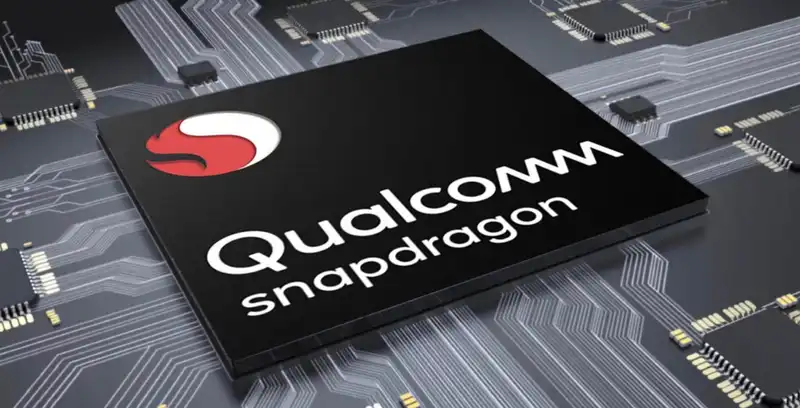While MediaTek has made great strides with its Dimensity chipset in recent years, the majority of the world's best Android phones still use Qualcomm's Snapdragon 8 chipset.
So what can we expect from Qualcomm's Snapdragon 8 Gen 4?
Since the Snapdragon 8 first appeared in 2021, Qualcomm appears to have adopted an 11-month release cycle, with Gen 1 coming in December 2021, Gen 2 the following November, and Gen 3 last October.
If this pattern continues, we would expect Qualcomm to announce the Snapdragon 8 Gen 4 chipset in September, but the company has already announced that the Snapdragon Summit will be held in October. Of course, that could still be a few weeks ahead of the corresponding event in 2023, which took place from the 24th to the 26th of this month.
The difference of a few weeks has less impact than you might think. Historically, it takes some time after a new chipset is announced in a big way for it to make it into commercial smartphones. There is a 1-2 month time lag before the first Snapdragon 8 Gen 4-powered device is available, and the first 2-3 models are expected to be available by the end of 2024.
According to reliable leaker Yogesh Brar, Xiaomi will be the first to launch the Xiaomi 15 series with Snapdragon 8 Gen 4, which was the same Snapdragon 8 Gen 3 chip used in the 2023 Xiaomi 14 device This is not surprising, given that.
Leaker believes that OnePlus and IQOO devices will follow, but these are expected to be released for the Chinese market. For U.S. buyers, Samsung will likely be the first smartphone manufacturer to market, with the Samsung Galaxy S25 expected to adopt the new technology in early 2025.
According to early leaks, the Snapdragon 8 Gen 4 will be a 3nm chip manufactured by TSMC; instead of the 1 + 3 + 4 layout seen in the Snapdragon 8 Gen 3, the upcoming chip will reportedly use a 2 + 6 design with no efficiency cores at all. Clock speeds for all of these will be significantly increased from 3.3 GHz to 4 GHz.
What does this mean in practice? Early leaked benchmarks suggest that the Snapdragon 8 Gen 4 will be a strong competitor to Apple's own A-series processors. [It not only beats the test scores of the iPhone 15 Pro (2,890) and Samsung Galaxy S24 Ultra (2,300), but also matches the leaked value of the A18 chip in the upcoming iPhone 16 Pro (also 3,500). The multi-core score is also said to exceed the A18's purported 8,200, although exact figures have not been reported.
Games using the expected Adreno 830 GPU should also be very impressive. In a now-deleted post to X, leaker Revegnus recorded a score of 7,200 in the 3DMark Wild Life Extreme benchmark test, suggesting that it could surpass the Apple M2 computer chipset in graphics performance. Of course, take that with a pinch of salt: it turned out to be wrong and may have been removed.
All of this could affect the efficiency and thus the size of the battery required.
Earlier this month, a leaked Digital Chat Station claimed to know of three phones in development that feature a 5,500mAh battery and "high-density battery core material" to prepare for the power needs of new chipsets. Another is targeting 6,000mAh and may be a chunkier handset, though not as thick as Energizer's 28,000mAh offering.
Finally, Qualcomm is reportedly beating Apple to the punch by supporting faster LPDDR6 RAM in its Android phones. Of course, it will be up to each manufacturer to decide whether or not to include that particular memory upgrade.
The raw power of the Qualcomm Snapdragon 8 Gen 4 certainly sounds appealing. In particular, manufacturers are increasingly eager to show off the power of generative AI on devices without relying on the cloud.
However, the potential for greater battery demands is certainly a concern. Current smartphones are fast enough for most people, and the convenience of on-device AI has yet to be proven as an essential feature, so it is debatable whether consumers will accept thicker designs and reduced battery life as a price worth paying.
For now, much of this is rumor and could change any number of ways between now and October. However, it would not be surprising if the final chip is a bit less ambitious in order to ensure that portability and stamina are not sacrificed against the will of the consumer.
.









Comments